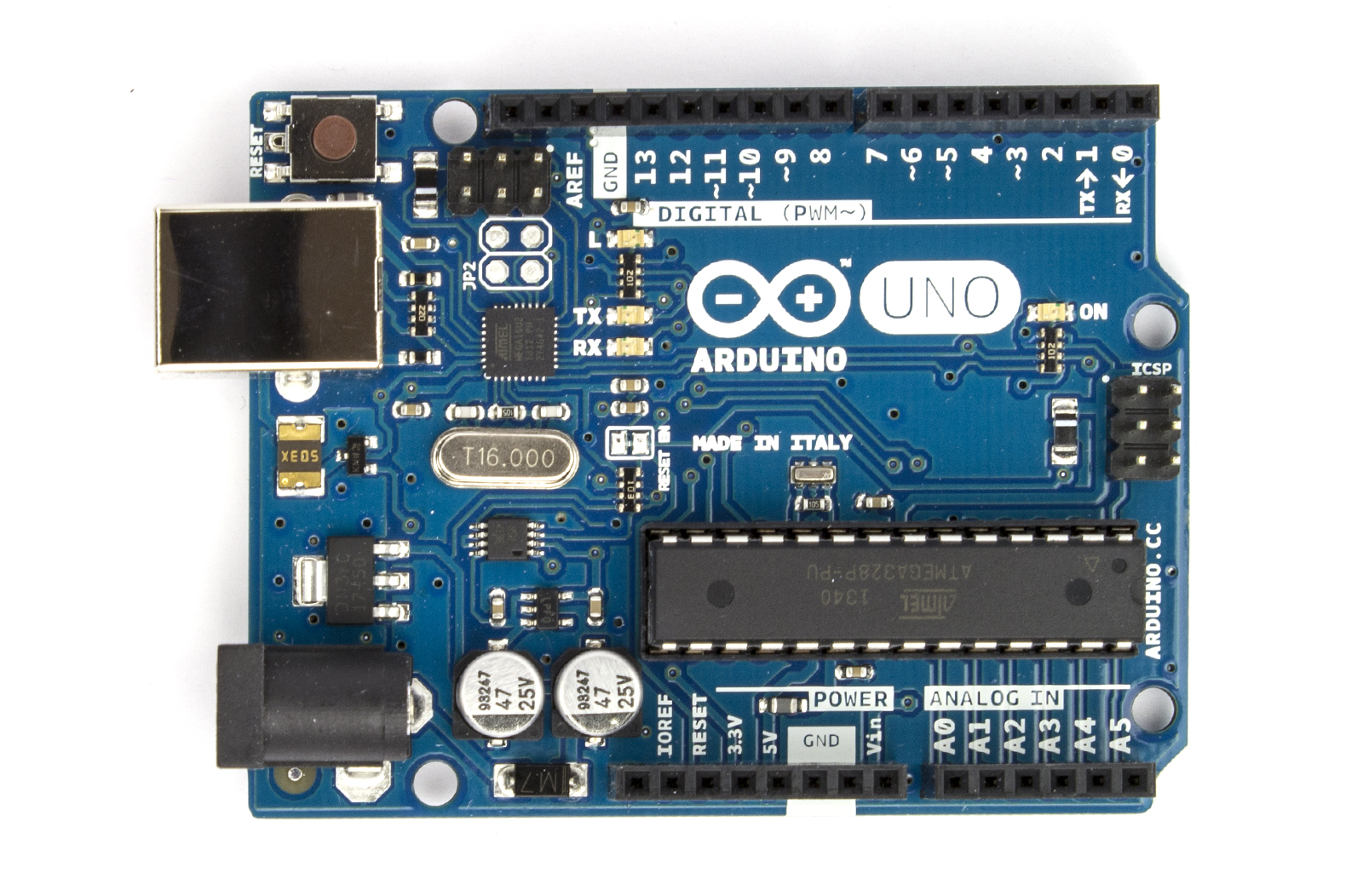I want to purchase an arduino platform to learn programming. I am also interested in sensor & control applications. What Arduino platform would you recommend? Should I purchase a kit or could you recommend a bill of materials to be purchased from Newark?
Cheers

